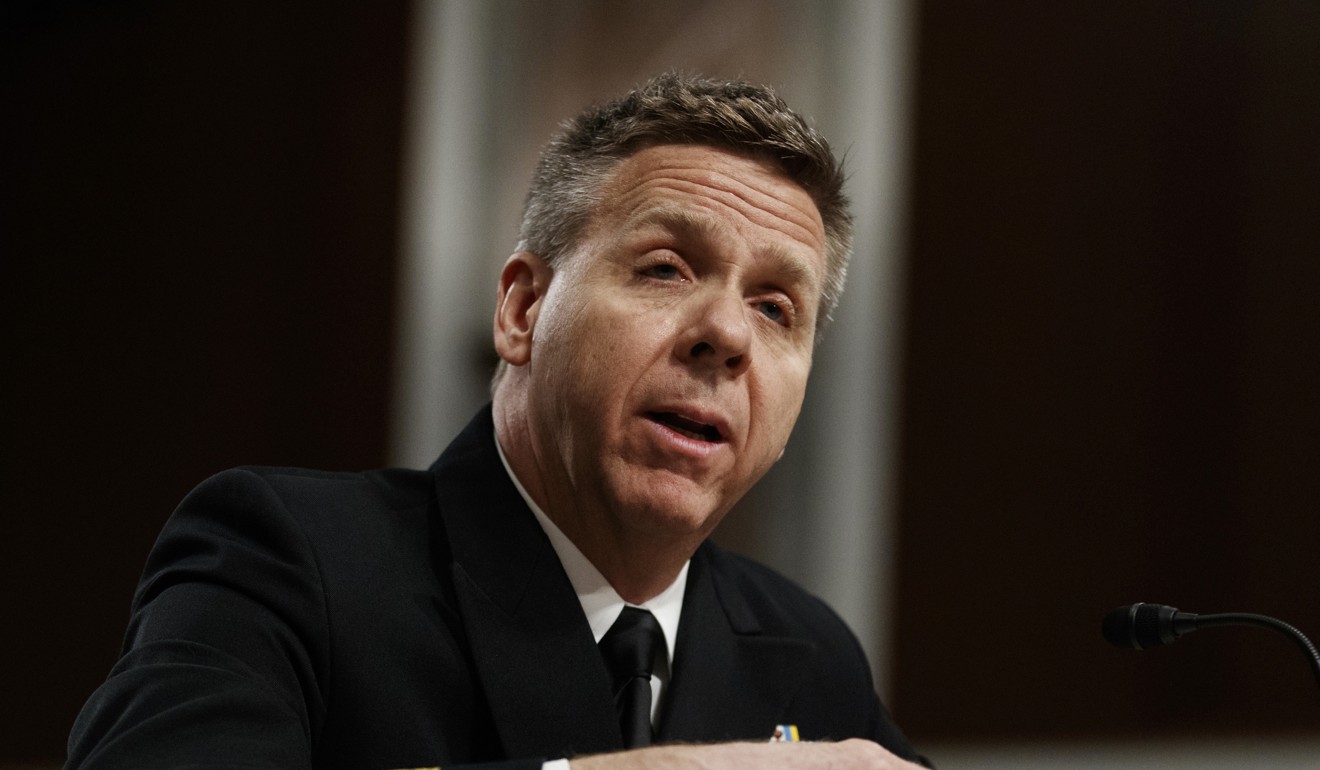
US steps up freedom of navigation patrols in South China Sea to counter Beijing’s ambitions
- Two of the operations have already been carried out in the disputed waters this year and American officials have signalled there will be more to come
- Observers say the pressure is unlikely to deter Beijing
The United States has stepped up its freedom of navigation operations in the disputed South China Sea as it challenges Beijing’s efforts to strengthen its maritime claims in the region.
American officials have signalled Washington will boost measures to counter China’s expansion in the area, and include allies in future missions, but observers say Beijing is unlikely to be deterred.
The US has already conducted two freedom of navigation operations in the disputed waters this year. In January, the USS McCampbell sailed near the Paracel Islands, and on February 11, the USS Spruance and the USS Preble sailed near Mischief Reef in the Spratlys – both actions triggering condemnation from Beijing.
Washington reportedly carried out five such operations last year and four in 2017, according to a defence department report. That compared to four in both 2016 and 2015.
Submarine arms race seen heating up in Indo-Pacific amid ‘great threat’ from China
Addressing the Munich Security Conference on Saturday, US Vice-President Mike Pence said Washington was committed to the Indo-Pacific region. Speaking at the same event, China’s top diplomat, Yang Jiechi, said Beijing firmly opposed any activities that undermined its sovereignty and security interests under the pretext of freedom of navigation.

The patrols have angered Beijing, which has previously sent vessels to “warn off and dispel” US warships, sometimes risking collision.
When the USS Decatur sailed into the Gaven and Johnson reefs in the Spratly Islands in September, China sent its Luyang destroyer to warn the US ship that it would “suffer consequences” if it did not change course. The two vessels were as close as 41 metres (45 yards) from each other, prompting calls that rules for navy encounters should be amended as the risk of confrontation between the two militaries was rising.
Yue Gang, a retired People’s Liberation Army colonel, said China was facing growing pressure from freedom of navigation operations and would send more vessels, including coastguard ships, to the South China Sea.
But he added that the risk of a major conflict between China and the US was contained, because neither side wanted to go to war. Yue said the US sent one or two ships for each patrol and did not have too many warships in the South China Sea at one time.
“If the US sent a large number of warships, then China would do the same in order to maintain a balance, so that would increase the risk of confrontation,” he said. “But China doesn’t want a military conflict in the South China Sea, and the claim America is willing to stage a war against China is an overstatement.”
Explained: South China Sea dispute
Earlier this month, Admiral John Richardson, chief of US naval operations, said the US should explore new ways to enforce the rules designed to govern encounters between navies and extend them to coastguards and maritime militias – the so-called second and third sea forces that Beijing has used to advance its sovereignty claims.

But Collin Koh, a research fellow at the S. Rajaratnam School of International Studies at Nanyang Technological University in Singapore, said freedom of navigation operations would not be enough to change Beijing’s actions in the South China Sea, and the US needed to use a more “holistic set of instruments in a more concerted manner”.
“While freedom of navigation operations may be one of the ways the US expresses its security commitment to the governments, they will have a negligible effect on Beijing’s continued strategic and economic forays – especially via the ‘Belt and Road Initiative’ – throughout the Indo-Pacific region,” he said.
“[Instead] Beijing may likely use the intensified foreign military presence, including joint FONOPs, as a justification for these build-ups.”
Beijing sends fleet of ships to disputed South China Sea island ‘to stop Philippines building facilities’
Rajeev Ranjan Chaturvedy, a visiting fellow at Nanyang Technological University in Singapore, also said the operations had a limited role in restraining China’s ambitions in the region.
“It will have a very limited impact unless backed by a solid economic strategy and consistency in approach,” he said.
Additional reporting by Laura Zhou and Minnie Chan

